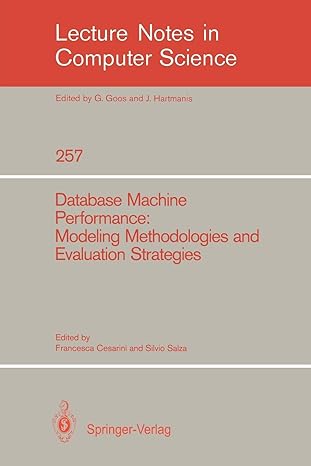Question
11. What is the difference between Interpreted and Compiled program languages? Describe briefly the advantages and disadvantages between these two categories of language. Under which
11. What is the difference between Interpreted and Compiled program languages? Describe
briefly the advantages and disadvantages between these two categories of language. Under
which category the language Python falls?
12. What is an identifier? List the rules for writing identifiers in Python language.
13. What is a Python statement? Give examples of different ways you can write multiline
statements. Explain, with examples, the use of indentation in Python language.
14. How do you write comments in Python? How many different ways you can write multiline
comments? Give examples of each.
15. Explain, with an example, the use of Docstring in Python. Can you define a Docstring
anywhere in a module?
16. What do you mean by a variable in programming context? Do you need to declare variables
in Python before you can use it?
17. Define a constant in Python programming context. Explain, with an example, where usually
you store constants and how you use them whenever you need them.
18. What is a literal in Python? Give examples of different types of literals used in Python
language. How many special literals Python offers? Explain, with an example, how to use
special literal in Python.
19. List Python data types.
20. Explain, with examples of each, the differences among different data types available in
Python language. Explain, with examples, how many different ways Python handles type
conversion
Step by Step Solution
There are 3 Steps involved in it
Step: 1

Get Instant Access to Expert-Tailored Solutions
See step-by-step solutions with expert insights and AI powered tools for academic success
Step: 2

Step: 3

Ace Your Homework with AI
Get the answers you need in no time with our AI-driven, step-by-step assistance
Get Started


